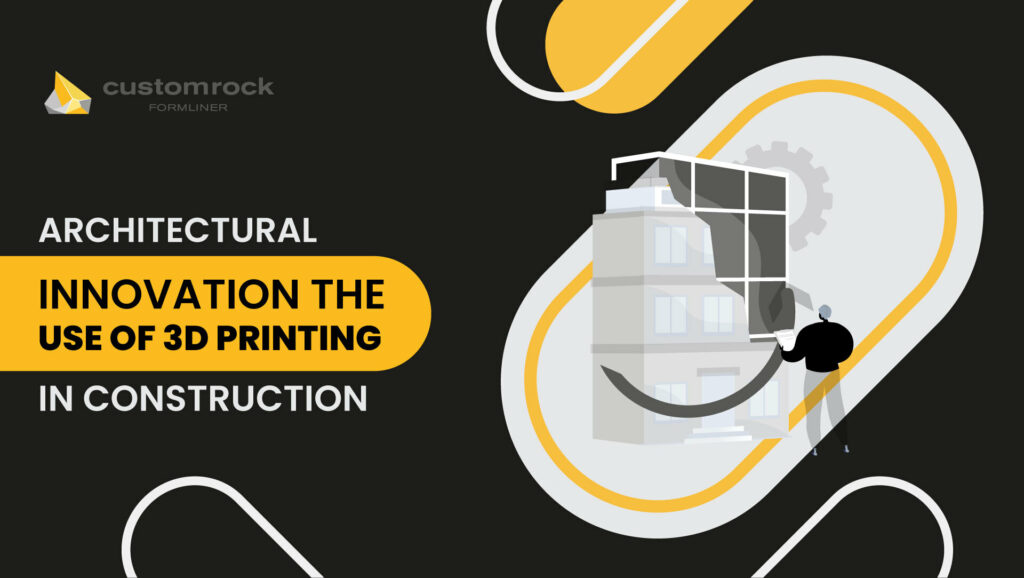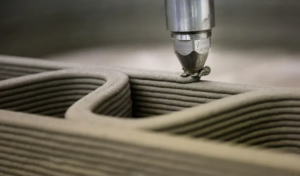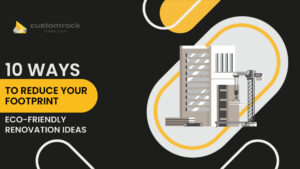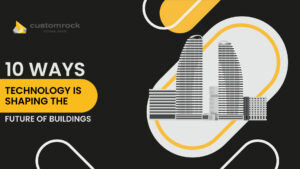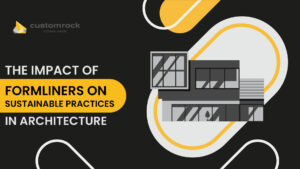TL, DR
Over the years, many technologies have tried to enter and conquer the field of architecture but among all, 3D printing was the only one which succeeded in doing so.
3D printing is the process of making a project using the most effective means. It is also known as additive manufacturing as it deals with depositing material layer by layer without any wastage. The use of 3D printing in construction has proved to be very useful and has helped architects efficiently.
Out of the many advantages of 3D printing, sustainability, flexibility in designs, cost-effectiveness, and time efficiency have been the most contributing ones. 3D printing prepares a project in less time and reduces cost. The designs produced are flexible creative and sustainable at the same time.
3D printing is being widely used in the housing and infrastructure sector and allows customization and personal touches as well.
It has a bright future but if improvement and advancement in this technology stops, it might lose its charm and some other technology take over its place therefore it is necessary to familiarize individuals with 3D printing at school levels. All in all, 3D printing has been a useful gear for the construction and architecture industry and can be wonders with its advancement.
Architectural Innovation: The Use of 3D Printing in Construction

Over the years, architecture has seen many changes and has witnessed new methods and technologies in this field. In recent years, 3D printing has taken over as a remarkable evolution in the world of architecture.
It is considered to be a creative and efficient manner as it has effectively revolutionized construction designs by ditching the traditional methods and everlasting hard work. 3D printing has brought up smart work as it offers flexibility, effectiveness, and efficiency with sustainable construction designs.
This technology has benefited architects, engineers, and interior designers, who are also making viable use of it. This article provides a deep view of how 3D printing works in construction, its advantages and applications, and how it will mold the industry in the future.
What is 3D Printing?
The concept of 3D printing didn’t come up a few years ago but originated in the 1980s and started to get recognition in the early 21st century. As the pillars of material sciences started to hold the ground firmly, 3D printing got its hype and was being used more efficiently now.
3D printing is the name of constructing 3-dimensional models and objects layers by layer by using constructive material i.e., polymer, concrete, etc. It is also known as additive manufacturing.
When we talk about the use of 3D printing technology in architecture and construction, it has gained an important place and is now irreplaceable until a better and more influential technology steps in.
With the use of 3D printing, architects and designers are now relieved from the pain of designing and shaping delicate models as 3D printers effectively get this job done. It brings out a better side of architects with their creativity and enhanced efficiency.
The technology of 3D printing has also sped up the construction process by reducing the time invested in repetitive tasks and a big task force of manual labor. The details and finishes done by the 3D prints can not be compared to manual designs in any manner.
3D printing has also benefited the construction industry by being cost-effective and eco-friendly. Moreover, it has helped in providing affordable housing schemes and ideas. All in all, 3D printing has been proven to be a very beneficial technology in the architecture and construction industry and can provide more benefits in the future if used effectively.
Advantages of 3D Printing:
Time Efficiency:
When compared to manual designing, the biggest advantage 3D printing holds is time efficiency. Where manual construction projects take months and even years to complete the project, 3D printing minimizes all that time. It takes hardly some hours or days to finalize the project’s design.
The time may vary with the complexity, size, and requirements of the design but less time than traditional construction. With this reduced time and increased speed, the overall cost of construction has also been reduced. The element of time efficiency has made immense advancements in the field of architecture.
Cost-Effectiveness:
The use of 3D printing in construction potentially cuts down costs by minimizing manual labor and extensive material requirements. When the use of extensive construction methods is reduced, major costs are reduced significantly.
Moreover, 3D printing uses materials efficiently by depositing them layer by layer. This addictive use of material minimizes material waste which cuts down material cost.
With reduced material, manual labors are also reduced. However skilled labourers are available all the time to operate 3D printers, and the cost of manual labor is also reduced. Overall, this architectural innovation of 3D printing encourages designers and architects to initiate new projects at low cost.
Flexibility in Design:
Traditional construction confined the boundaries of the creativity of designers as difficult construction methods do not allow architects to get their hands on complex designs. The use of 3D printing has however allowed the architects to be flexible in designing a project by the use of intricate designs, organic patterns, and extraordinary shapes.
This flexibility in designs encourages the achievement of complex designs that turn into masterpieces and wonders around the globe. It also allows architects and designers to unleash their creativity and use their potential in designing new projects and this is one of the major reasons the world shifted to 3D printing.
Sustainability:
As the world is not concerned due to rising climate change issues, sustainable working practices are appreciated globally. The use of 3D printing has given rise to sustainable construction projects in the realms of architecture. 3D printing has introduced more sustainable and eco-friendly construction methods and techniques than traditional construction.
The material used in 3D printing is eco-friendly and reduces wastage in all possible ways which helps in reducing pollution caused by the architecture sector. Furthermore, the material used in 3D printing can be reused again in other projects reducing material cost significantly.
Application of 3D Printing in Construction
Housing:
3D printing is being significantly used in the housing sector. The diverse use of 3D printing is capable of addressing the global housing crisis and is now working on building 3D houses either on a small scale or big multi-story buildings.
The advent of 3D printing is helping to build easily deployable houses which encourages sustainable living and eco-friendly building methods. Experiments are continuously taking place to improve the quality of building methods through the use of 3D printing in affordable means.
Infrastructure:
A country is known for its infrastructure and great infrastructure requires great minds. The architectural innovation of 3D printing is heavily contributing to the infrastructure of the countries. It can be used in the building of major development programs in the country like the building of dams and bridges in low cost and durable life. The use of 3D printing can bring vast revolution in standards of living and urbanization. 3D printing can easily contribute to the infrastructure of the country with low maintenance costs and requirements, however; it might need skilled and creative labor.
Customization:
3D printing has always helped the field of architecture where traditional printing didn’t cooperate.3D printing can be used to give personalized touches to designs and projects. From interior fittings to the overall shape and pattern of the design, 3D printing allows all and encourages customization in buildings and houses. This feature of 3D printing has evolved the entirety of the architecture and construction industry.
Challenges for 3D Printing in Construction:
Although 3D printing has a promising future in construction, there are some challenges it will have to face to outshine previous construction methods. There are a lot of technical hurdles like material optimization, scalability, regularity compliance and so on that need to be addressed to get the best use of 3D printing in construction.
Moreover, architects, designers, and constructors need to familiarize themselves with the technology of 3D printing so educating them on this matter is extremely important. Other than that, a lot of research and development is still required for 3D printing to reach its best form. If no improvement is made in 3D printing, it might lose its charm and some other architectural innovation will take its place.
Conclusion
The use of 3D printing in construction shows the innovation that took place in the realms of architecture, design, and construction. By revolutionizing the field of construction through cost-effective methods, flexible designs, and highly advanced means of construction, it has held its ground firmly and helped architects in many ways.
There are however some challenges that 3D printing might face in the future, it has a bright scope and can be used in many other projects as well. The advent of 3D printing has relieved architects in a way that they do not have to spend months completing a single project and hence proved to be the best technology that entered the field of architecture in decades.

